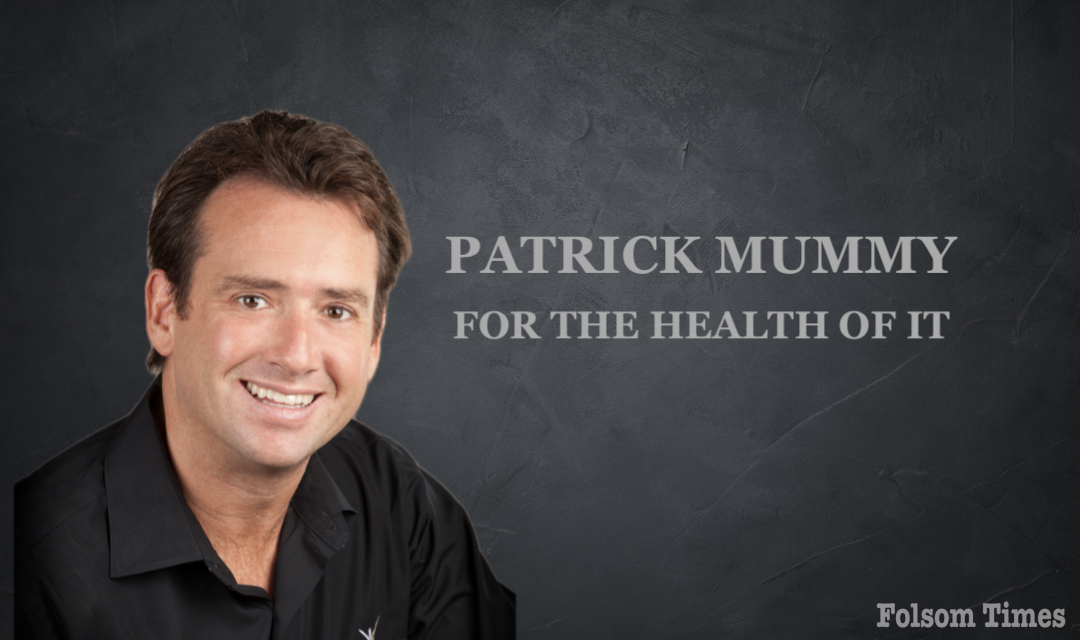Whenever we get a client into our office, we ask them if anyone has ever explained their pain as it relates to gravity. The answer inevitably is ‘no’. This is because we tend to move pain to the forefront of the perceived problem and therefore the majority of the conversation is focused on the pain itself. For example, many of our clients are very eager to show us their X-rays or MRI reports and what they’ve been diagnosed with. They assume we will also want to talk about these reports because that is what they are used to talking about when dealing with their pain. To us, the pain is simply the by-product of systemic breakdown due to years of dysfunction and not a complete reason in and of itself.
Newton’s third law states that “For Every Action There is an Equal and Opposite Reaction”. This law is the basis from which Symmetry was created and it remains the most important aspect because we can always depend on gravity. Gravity is defined as the force of attraction by which terrestrial bodies tend to fall toward the center of the earth. In physics terms this means that gravity is a constant, or “K”. Just as an architect designs a building, or an engineer, a car, the number one item they focus on is gravity and the forces that apply to the structures surrounding it, whether static or dynamic. Newton’s Laws all pertain to this, but his third law in particular specifically addresses postural deviations because we are focusing on static holding patterns, and thereby on intrinsic muscles. This constant that we can count on is twofold: 1) gravity falls perpendicular to the surface of earth; 2) any structure must react directly in opposition to that force in order to hold itself upright and move effectively and efficiently. When we do not apply the reaction to the force of gravity in a constant and equal way, then ANY structure will be forced to adjust. This is the definition of compensation.
When a client sees one of our certified Symmetry practitioners, we don’t look at them in terms of pain as we have already discussed, but rather as a delicate system of levers and pulleys. Leverage is defined as the mechanical advantage or power gained by using a lever. A lever is defined as a rigid bar resting on a pivot, used to help move a heavy or firmly fixed load with one end when pressure is applied to the other; i.e., bones. A pulley is defined as a device for overcoming resistance at one point by applying force at some other point; i.e., muscles. This is necessary to understand because first, the body works best when it is as extended and balanced as possible in three-dimensional space. We define this as the planes of motion. If the body is in its correct orthogonal position, then all the bones (levers) and all the muscles (pulleys) will be in what we call harmonic tension. This means that in the static standing position, all the muscles, both intrinsic and dynamic, are at their proper length, and therefore leveraged to hold and move the body in its most efficient way possible, and therefore, without pain. If they’re not, then the system, specifically your joints, become compromised, and if prolonged, leads to pain, which again, is just the byproduct of your years of compensation. Plato, in his Theory of Forms, explains it best: “The most beautiful form of the human body is that which moves with the least amount of energy.” So, we here at Symmetry simply ask you this, “How is your posture?”
Learn more about Symmetry for Health and how they can help you by visiting their website at www.symmetryforhealth.com or calling them to set up a consultation at 916-467-7764. They are located at 1845 Iron Point Road in Folsom.




